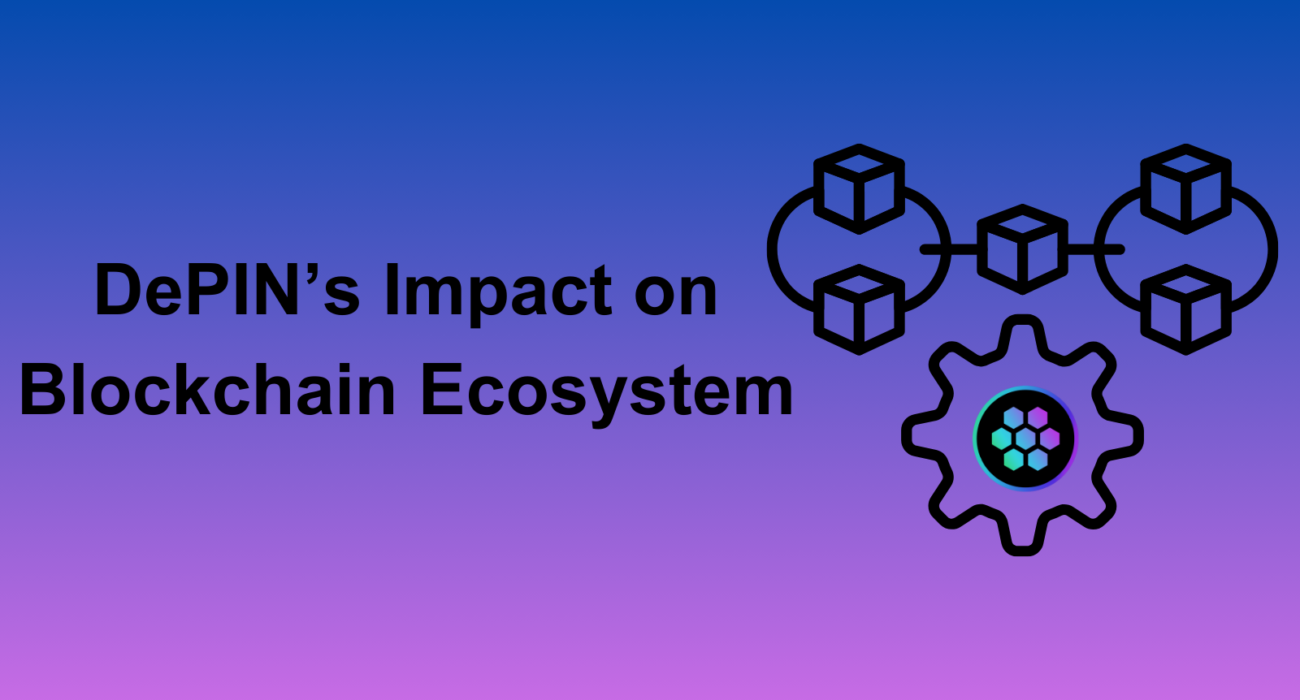The blockchain ecosystem is constantly evolving, with innovations that promise to reshape how we interact with digital systems. One such game-changing innovation is DePIN, or Decentralized Physical Infrastructure Network. DePIN is gaining traction for its ability to bring real-world physical infrastructure into the blockchain world, enhancing scalability, efficiency, and security. In this blog, we will explore DePIN’s impact on the blockchain ecosystem, delving into its significance, applications, and future potential.
Brief Overview of Blockchain Technology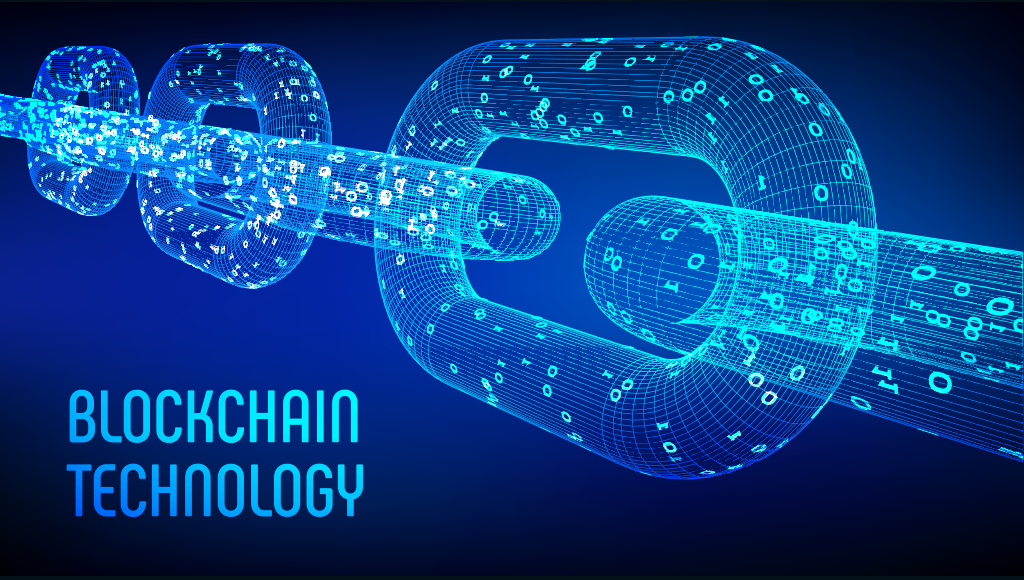
Blockchain technology has revolutionized how we view data, security, and decentralized systems. By eliminating the need for intermediaries, blockchain allows transactions, records, and data to be stored and verified by a distributed network of participants. This decentralized nature of blockchain has made it highly secure and efficient for industries ranging from finance to healthcare. However, as blockchain continues to grow, challenges such as scalability and the need for physical infrastructure have emerged.
Introduction to DePIN (Decentralized Physical Infrastructure Network)
DePIN, short for Decentralized Physical Infrastructure Network, represents a significant step forward in addressing these challenges. While blockchain networks primarily deal with digital assets and data, DePIN integrates physical infrastructure into the blockchain ecosystem, bridging the gap between digital and real-world systems. DePIN’s impact on the blockchain ecosystem is profound, as it opens new avenues for the technology to scale and operate in the physical world, enhancing both functionality and security.
The Importance of Understanding DePIN’s Role in the Blockchain Ecosystem
Understanding DePIN’s impact on the blockchain ecosystem is crucial because it goes beyond theoretical applications. It offers tangible benefits by decentralizing the physical infrastructure needed to support blockchain networks.
What is DePIN?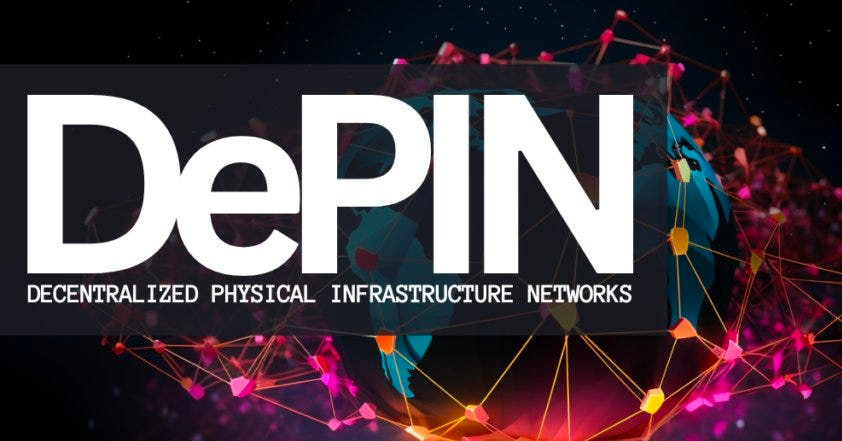
Explaining the Concept of DePIN
DePIN, or Decentralized Physical Infrastructure Network, represents a decentralized framework where physical assets and infrastructure are owned, maintained, and operated by a distributed network of participants. Just as blockchain decentralizes digital transactions and data, DePIN decentralizes the physical resources required to support those digital networks. This shift has the potential to fundamentally transform how blockchain operates in the physical world.
How DePIN Works
DePIN functions by creating a decentralized infrastructure that enables multiple parties to contribute and benefit from shared resources. For instance, in the case of telecommunications, DePIN could decentralize cell towers and networks, allowing users to access communication services through a distributed network of towers owned and maintained by individuals or small companies rather than large corporations. This decentralized approach reduces central points of failure and promotes greater resilience and security within the blockchain ecosystem.
Difference Between Traditional Infrastructure and DePIN
Traditional infrastructure is typically centralized, meaning it is owned and operated by a single entity or a small group of entities. This centralization makes these systems vulnerable to hacks, failures, and monopolies. In contrast, DePIN distributes infrastructure ownership and operation across a decentralized network, reducing reliance on a single point of control. DePIN’s impact on the blockchain ecosystem is significant, as it solves many of the issues that centralized infrastructure systems face, such as bottlenecks, inefficiency, and security risks.
How DePIN Enhances Blockchain Ecosystem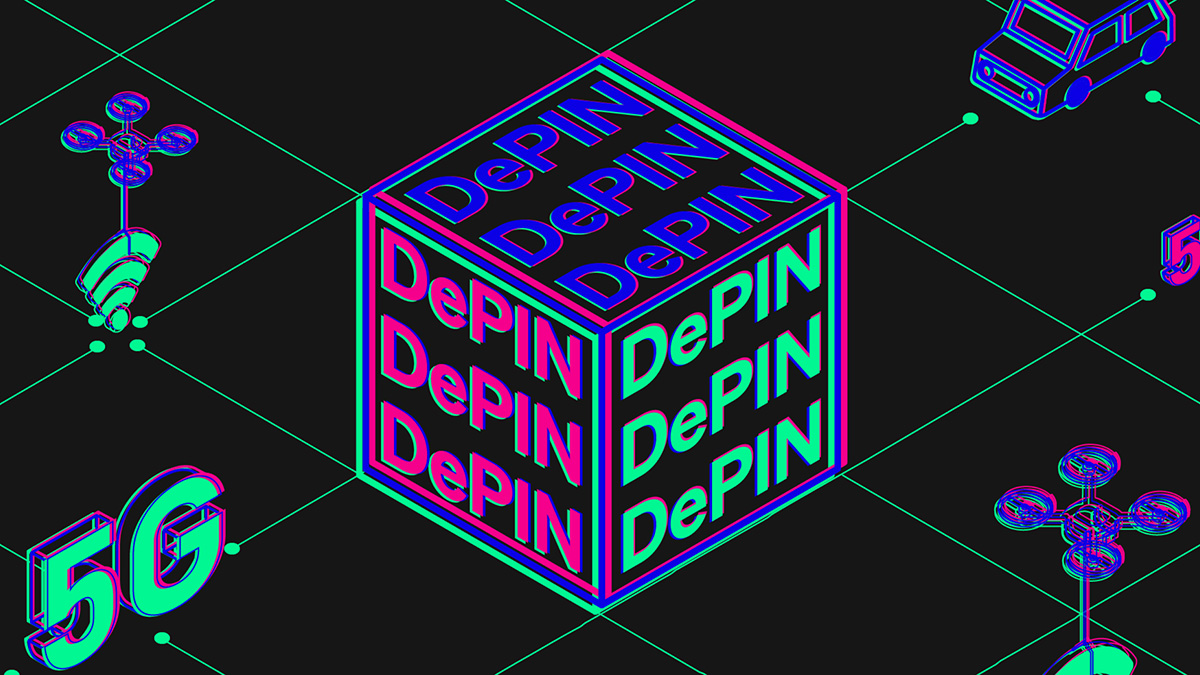
Decentralizing Physical Resources
One of the most important contributions of DePIN is the decentralization of physical resources. By decentralizing infrastructure such as data storage, energy grids, and communication networks, DePIN ensures that these critical systems are not controlled by a single entity. This distribution of resources aligns with the core philosophy of blockchain, which seeks to eliminate central points of control and enhance system-wide security and efficiency. The decentralization of physical resources is a key factor in DePIN’s impact on the blockchain ecosystem.
Increased Scalability and Efficiency
As blockchain networks grow in complexity, the need for scalable and efficient solutions becomes critical. DePIN enhances blockchain scalability by providing a decentralized network of physical infrastructure that can be rapidly expanded and adapted as the network grows. For example, decentralized data storage provided by DePIN can help blockchain networks handle larger volumes of data without compromising security or efficiency. This is a significant boost to the overall blockchain ecosystem, as it ensures that the technology can scale to meet future demands.
Supporting Real-World Applications
DePIN’s integration into the blockchain ecosystem extends beyond theoretical models; it is being actively applied in several real-world use cases. For example, in the energy sector, DePIN enables the creation of decentralized energy grids, where individuals can generate, store, and share energy through a blockchain-based network. Similarly, DePIN is being used to decentralize telecommunications networks, making communication services more accessible, secure, and efficient. These real-world applications highlight DePIN’s impact on the blockchain ecosystem by showing how decentralized infrastructure can solve real-world problems.
Invest in SRP Token to power DePIN’s innovative infrastructure, driving blockchain’s scalability and future growth. Secure your stake today!
DePIN’s Role in Strengthening Decentralized Networks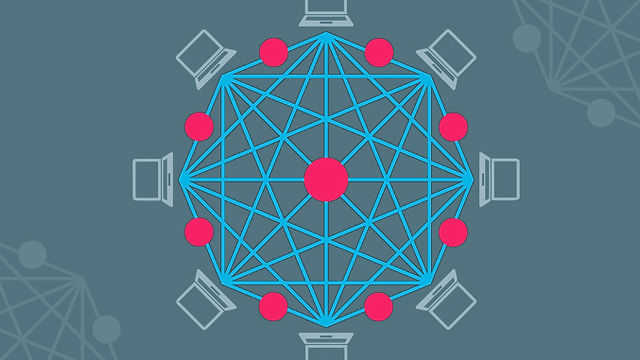
Providing Infrastructure for Decentralized Internet and Services
The concept of a decentralized internet, or Web3, relies heavily on the availability of decentralized infrastructure. DePIN plays a vital role in providing the physical resources needed to support decentralized web services, including decentralized finance (DeFi), storage, and communications. By decentralizing the physical infrastructure required to run these services, DePIN ensures that they remain secure, resilient, and free from centralized control.
Ensuring Security and Reliability in Blockchain Networks
Blockchain networks are inherently secure due to their decentralized nature. However, the physical infrastructure that supports these networks can still be vulnerable to attacks and failures. DePIN enhances the security and reliability of blockchain networks by decentralizing this infrastructure, ensuring that there are no single points of failure. For example, a decentralized telecommunications network powered by DePIN would be much harder to disrupt than a centralized network, as there would be no single point of control.
Addressing the Problem of Centralization in Blockchain
Although blockchain is designed to be decentralized, many networks still rely on centralized infrastructure for data storage, communication, and other critical functions. This reliance on centralized systems can undermine the security and transparency of the blockchain ecosystem. DePIN addresses this problem by decentralizing the physical infrastructure needed to support blockchain networks, ensuring that these systems remain true to the principles of decentralization. By doing so, DePIN reduces the risk of centralization in the blockchain ecosystem.
Real-World Use Cases of DePIN in Blockchain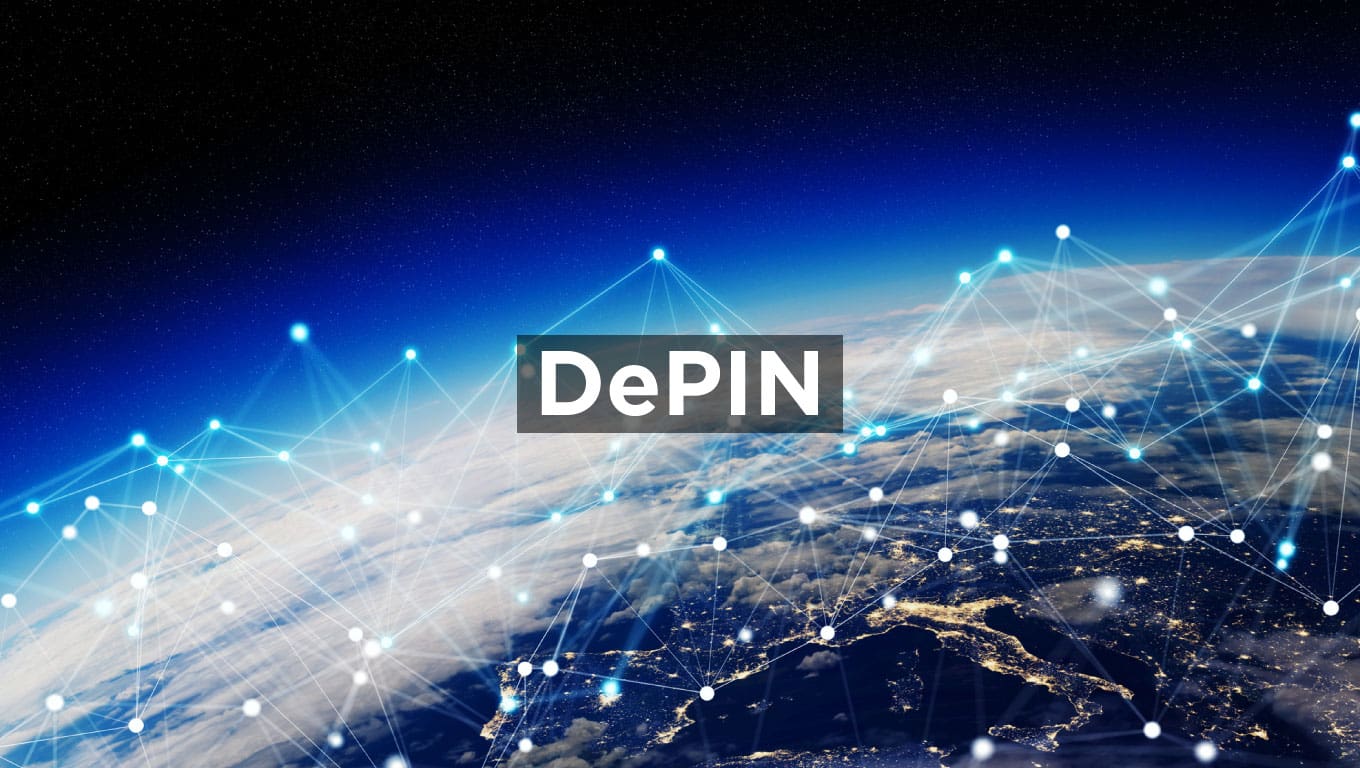
Decentralized Energy Grids
One of the most promising applications of DePIN is in the creation of decentralized energy grids. These grids allow individuals and businesses to generate, store, and share energy through a blockchain-based network. By decentralizing energy production and distribution, DePIN ensures that energy resources are more resilient, efficient, and secure.
Telecommunications Networks Powered by DePIN
Telecommunications is another industry that stands to benefit from DePIN’s impact on the blockchain ecosystem. By decentralizing cell towers and other communication infrastructure, DePIN enables the creation of more robust and secure communication networks. These decentralized networks are less vulnerable to disruptions and can offer more reliable service to users.
Logistics and Supply Chain Applications
DePIN is also being applied in the logistics and supply chain sectors, where it is used to track and verify goods and services in real-time. By decentralizing the infrastructure needed to manage supply chains, DePIN ensures greater transparency, efficiency, and security in these critical industries.
Challenges and Opportunities for DePIN in the Blockchain Ecosystem
Challenges in Integrating DePIN with Blockchain
While DePIN offers numerous benefits, there are also challenges associated with integrating it into the blockchain ecosystem. These challenges include regulatory hurdles, technical difficulties, and the need for widespread adoption of decentralized infrastructure. Overcoming these challenges will be crucial to fully realizing DePIN’s impact on the blockchain ecosystem.
Opportunities for Innovation and Growth
Despite these challenges, the opportunities for innovation and growth within DePIN are immense. As more industries recognize the potential of decentralized infrastructure, DePIN’s role in the blockchain ecosystem will continue to grow. Innovations such as the integration of DePIN with IoT (Internet of Things) devices and the development of smart cities powered by decentralized infrastructure are just a few of the exciting possibilities on the horizon.
Future of DePIN in Blockchain Networks
Looking ahead, DePIN’s impact on the blockchain ecosystem is likely to be even more profound as the technology matures and becomes more widely adopted. With its ability to decentralize physical infrastructure, enhance scalability, and improve security, DePIN is poised to play a key role in shaping the future of blockchain networks.
Conclusion
In conclusion, DePIN’s impact on the blockchain ecosystem is undeniable. By decentralizing physical infrastructure, enhancing scalability, and supporting real-world applications, DePIN is helping to solve some of the most pressing challenges facing blockchain networks today. As DePIN continues to evolve, it will play an increasingly important role in the growth and development of the blockchain ecosystem, paving the way for new innovations and opportunities in the decentralized world.

 China
China Russia
Russia India
India




